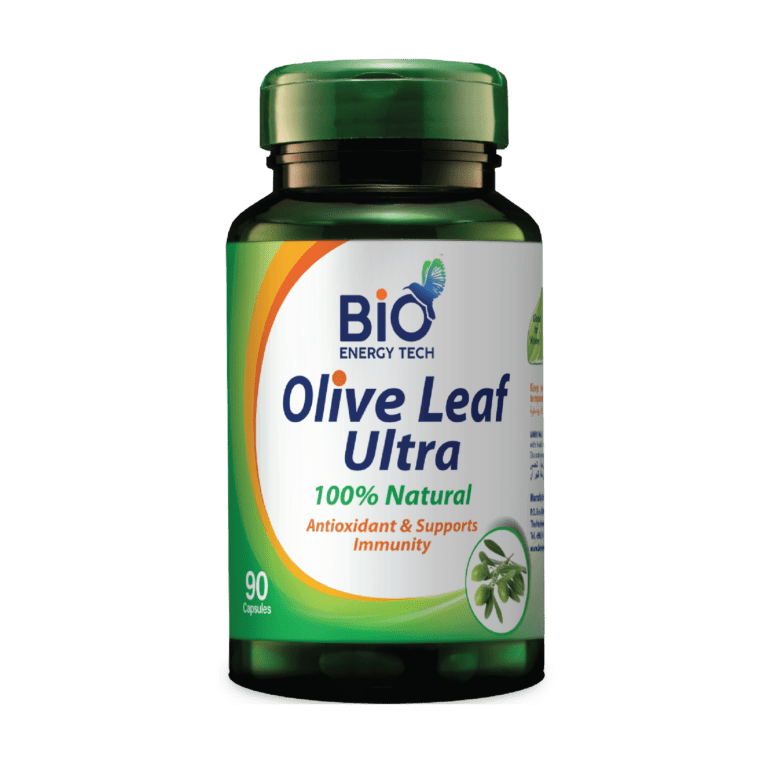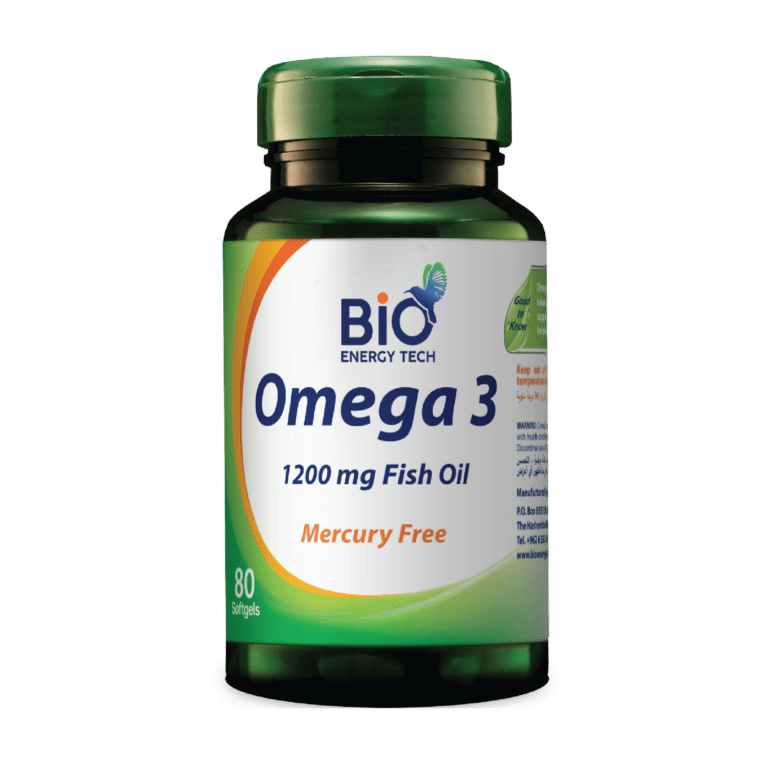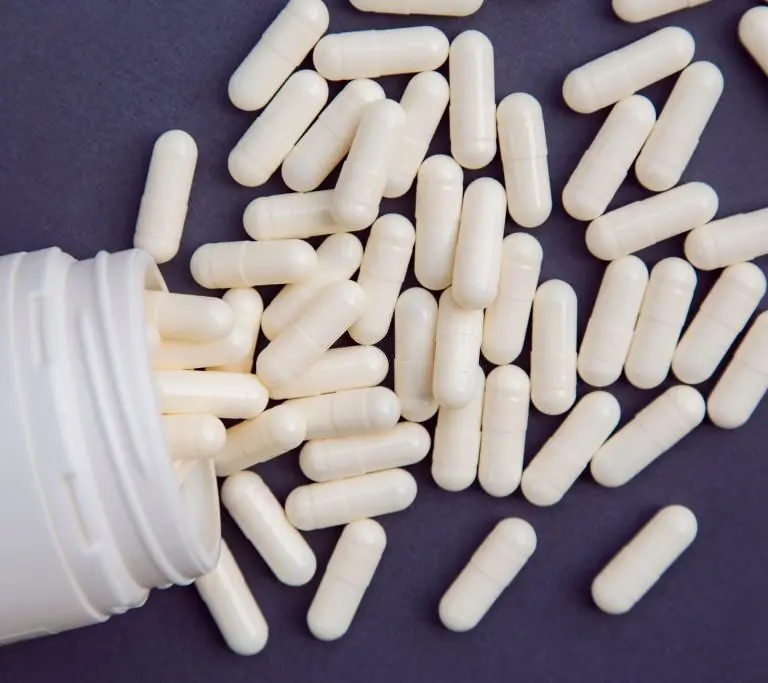Hyaluronic acid is an essential component of extracellular tissue and is present in many human tissues such as the skin, eyes, connective tissue, articular ligaments and the synovium.
Theoretically, it can be said that hyaluronic acid in its pure form does not induce an immune response because it is the same form in all organelles and not restricted to a specific type of tissue.
The mechanism of action of hyaluronic acid revolves around attracting water molecules and then swelling to give more volume and form structural support; this effectiveness is due to its anionic property. Therefore, it has been widely used in the cosmetic world, especially to combat aging and restore youthful skin.
Hyaluronic Acid & Skin
Skin aging is a complex process resulting mainly due to the involvement of two factors. The first one is genetic and cannot be avoided, while the second is external factors, such as exposure to excessive UV rays.
Hyaluronic acid is the main factor in maintaining skin moisture, but the rate of its synthesis in the skin decreases with age. Thus the skin begins to lose its elasticity and viscosity properties causing the appearance of wrinkles. Doctors have used hyaluronic acid dermal fillers to counteract this process by restoring lost volume and increasing collagen synthesis. The effectiveness of these fillers lasts for four to six months depending on the injection site, type of filler used and injection technique. Dermal hyaluronic acid fillers can be obtained from animal sources (rooster comb) or non-animal (Streptococcus biofermentation).
Hyaluronic Acid & Joints
Osteoarthritis or degenerative joint disease is a chronic inflammatory disease characterized by chronic joint pain, stiffness and loss of flexibility, swelling, narrow joint space resulting in painful bone friction, bone spurs and lameness. This is due to the disintegration of the extracellular tissue of the synovial joints, particularly in the limbs, knee, and hip.
The presence of hyaluronic acid in the synovial fluid plays a part in its elasticity and viscosity properties. Therefore, it is believed that injecting it into the joints of patients with osteoporosis is of great benefit. It can restore the rheological properties of the synovial fluid and stimulate the synthesis of hyaluronic acid, thus increasing the range of motion in the joints and reducing pain.
Studies have also indicated that hyaluronic acid has analgesic, anti-inflammatory and antioxidant properties, all of which increase its ability in combating osteoarthritis.
FDA-approved uses and delivery methods of hyaluronic acid:
- Intra-articular injection: For relief of mild-moderate knee pain in patients with osteoarthritis who have not responded to non-pharmacological methods. The FDA has only evaluated & approved this method for the knee joint.
- Intradermal injections: Hyaluronic acid is injected into the middle and deep dermis layers to correct facial wrinkles. For this procedure, the patient must be over 21 years old.
- Subcutaneous and subperiosteal injections: For the treatment of sagging skin on the hands in addition to cheek augmentation (inflating) in patients over 21 years of age.
- Submucosal injection: An injection into the lips with the intention of enlarging (inflating) them in patients over the age of 21.
- Topical creams and gels: Used in cases of wounds and skin ulcers. They can also be used to relieve the symptoms of skin infections and allergic reactions (burning, itching, and pain).
A study was also conducted to test the effect of topical hyaluronic acid in the form of creams and ointments in increasing the skin’s moisture content and smoothness. This study was conducted on 33 women over the age of 40 for 8 weeks and a clear increase in skin youthfulness was noted between the first and the last week of the study.
- Ophthalmic conditions: Hyaluronic acid is used in ophthalmic surgeries for contact lens removal, intraocular lens implantation, corneal transplantation and retinal detachment surgery, etc…
Other uses not evaluated by the US Food and Drug Administration:
- Injections in restorative dental procedures.
- Injections into the vocal cords to treat glottic insufficiency (aka vocal fold insufficiency).
- Injections for breast reconstruction.
Hyaluronic Acid Side Effects
The most common side effects of using hyaluronic acid dermal fillers are pain, redness, itching and swelling. However, they do not last for more than 7 days. These symptoms can be relieved by placing an ice pack on the injection site. It also helps to stop taking medications that may cause bleeding a week before the injection process, such medications include aspirin, NSAIDs, vitamin E and fish oil.
There are also some rare side effects of hyaluronic acid dermal fillers, such as:
- Infection: due to the entry of bacteria through the injection site. Luckily, this can be prevented by appropriate sterilization of the injection site and making sure that the surrounding area is free of infections.
- Tissue necrosis: due to vessel blockage as a result of accidental intra-arterial injection of hyaluronic acid. This side effect shines light on the importance of knowing the facial anatomy and performing a blood draw test before the injection. Hyaluronidase should be used immediately if necrosis is expected as it dissolves hyaluronic acid molecules.
- Herpes: It must be ensured that a patient receiving hyaluronic acid fillers for lip augmentation has no history of herpes, due to the possibility of reactivating the virus during the injection process. If this occurs, antiviral medications should be administered.
- The common side effects of hyaluronic acid when injected into a joint are similar to what was previously mentioned in the side effects of dermal fillers. Additionally, rare cases of rash, muscle cramps, nausea, joint and muscle pain were also documented. These side effects can be relieved by rest, applying ice packs and taking anti-inflammatory medications.
Situations in which the use of hyaluronic acid is contraindicated:
- Hypersensitivity to hyaluronic acid or any of the ingredients in its formulation.
- A history of anaphylaxis or sensitivity to hyaluronic acid.
- Hypersensitivity to products manufactured from bacterial origins.
- Hypersensitivity to products containing lidocaine.
- Hemorrhagic diseases.
Hyaluronic acid during pregnancy and lactation:
Current studies are insufficient to prove whether or not hyaluronic acid is safe for use by pregnant women. However, it is hypothesized that its injection does not pose a risk to a pregnant woman nor her fetus, while there are no remarks regarding the safety or danger of orally or topically administered hyaluronic acid.
Additionally, there is insufficient evidence to support its safety for use by breastfeeding women. Although it may be safe when given by injection to women, researchers are still studying its effect on breastmilk in addition to its effect on infants.
Some other uses of hyaluronic acid include; eye drops to treat dry eyes, solutions to treat mouth ulcers, insertion through a urinary catheter directly into the bladder to relieve cystitis pain and orally to reduce symptoms of acid reflux. However, the evidence on these uses is insufficient and has not been approved by the US Food and Drug Administration.
To sum it all up, studies have demonstrated the efficacy of hyaluronic acid’s restorative properties that have made it a popular component for use in cosmetic procedures by cosmetic surgeons as well as by dermatologists who topically and orally prescribe it to combat the effects of aging and relieve symptoms of certain skin conditions. Additionally, its positive effect as a lubricant which aids in supporting the synovial fluid, gives it an important role in treating the symptoms of osteoarthritis. Further research is still ongoing to uncover hyaluronic acid’s other great benefits and effects.







